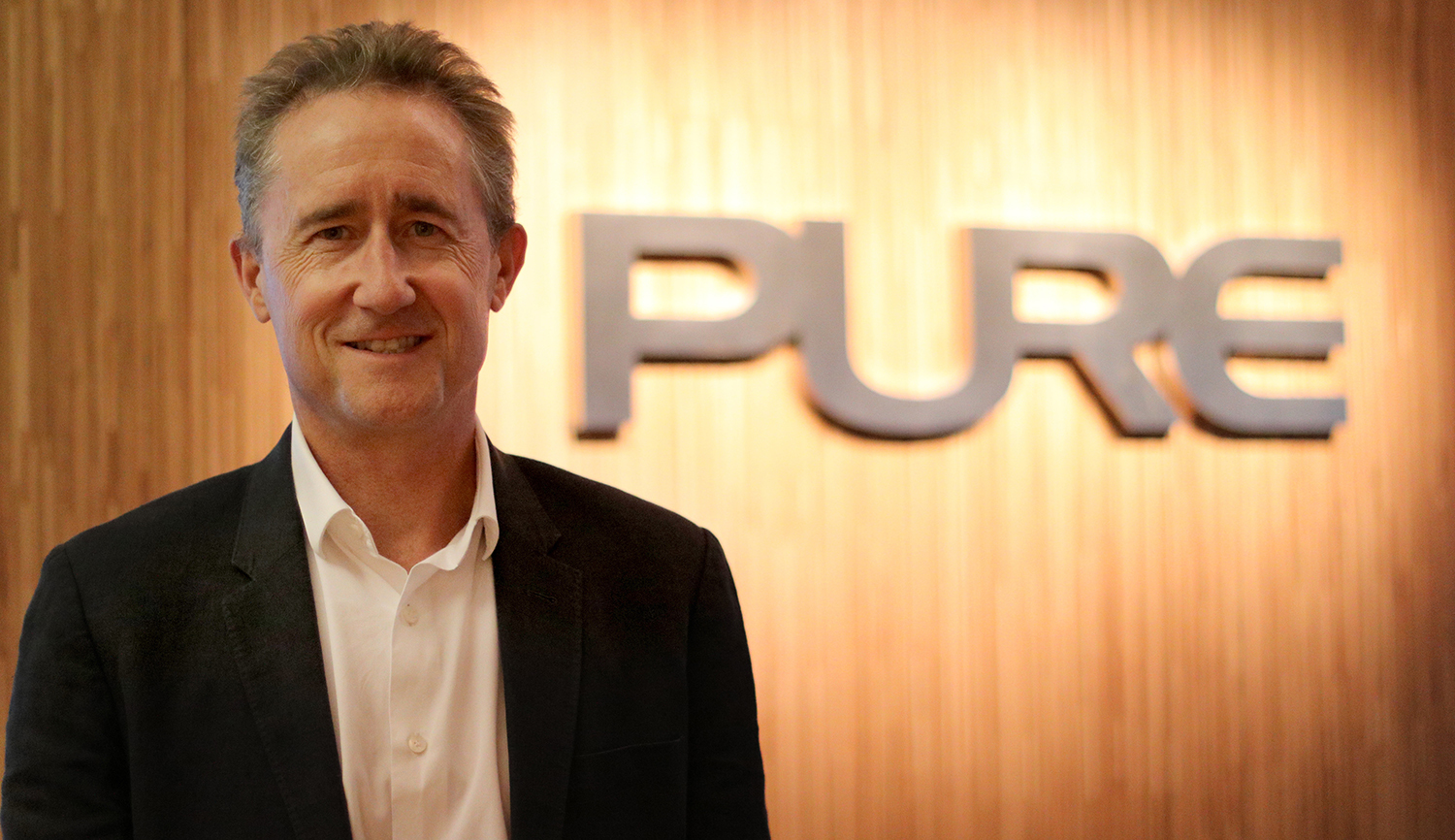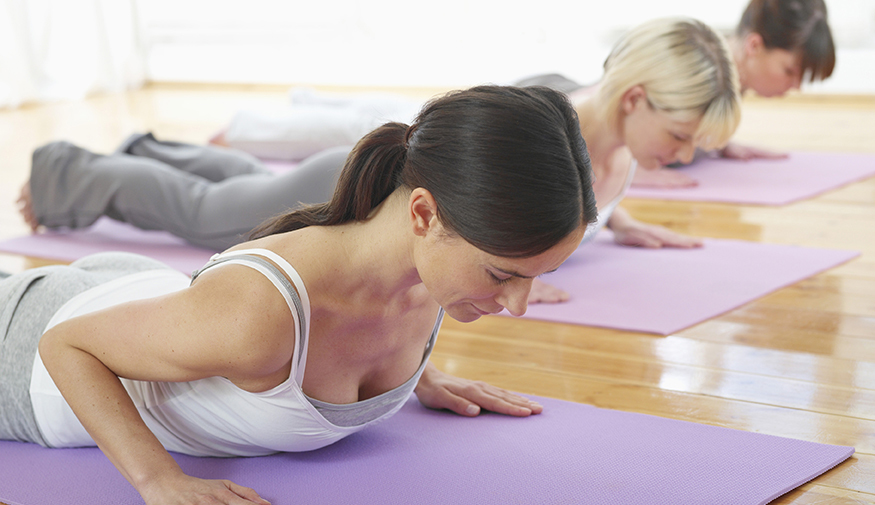With my friend, Bruce Rockowitz, who’d been on that golf holiday with me, I decided to invest $1 million in our first yoga studio. The birth of Pure was the result of our being sports-minded, entrepreneurial, yoga enthusiasts, with the necessary capital, and willing to take the risk.
Today, we have two major brands, Pure Yoga and Pure Fitness. Bruce serves as chairman of the group.
CBI: Why did you take that risk when others might not have?
CG: To me, doing business has always seemed quite natural. If things don’t work, the sun will still come up tomorrow. But I don’t want to regret not having tried.
Tennis, I think, influenced me in a huge way.
I started competing in tournaments when I was 8 or 9, and began playing semi-professionally when I was 11. I’d go out on my own and play another kid. I had no support—that forced me to make decisions and think independently. If I lost to somebody, I may have learned, in the process, that maybe my backhand was too weak. So, I’d practice.
The next time, I’d beat the guy.
In my mind, you don’t fail. You learn from your mistakes. If you’re not making mistakes, you’re not pushing the envelope, you’re not innovating. Just don’t make the same mistake twice!
Tennis and playing competitive sports have shaped my work ethic—how I approach problems and how I deal with people. They’ve had a profound impact on how I look at business in general.
CBI: In what ways did your first site, in The Centrium, Central, in Hong Kong, differ from the other yoga studios of the time?
CG: For one thing, people had to struggle to find them. They’d be down an alley and located in a space the size of a small meeting room. Students had to bring their own mat and towel.
We went into a brand-new building with a 6,500-square-foot studio. We didn’t know, at the time, that it was the largest yoga studio in the world. It had a beautiful lounge, a nice reception area, and changing rooms with lockers—which were unheard of back then. We provided showers and mats and towels.
We started with 67 people the first day, and, within a month, we were attracting 400 a day, with minimal advertising.
CBI: Why do you think that Pure Yoga took off as it did?
CG: Yoga sold itself. It’s based on phenomenal practices that evolved over a period of more than 5,000 years, and we mainstreamed it. We provided a convenient, attractive, and very comfortable environment, and very good teachers. It was totally new, and, when people took a class, they felt great. Today, we offer 30 different types of classes across Pure Yoga.
CBI: How has Pure Yoga itself evolved since that first studio? What’s it like today?
CG: A lot has changed over 16 years. In 2002, our yoga clientele was 90% female, 10% male; now, it’s 80% female, 20% male. We have 20,000 people exercising throughout the group.
That first studio is still open, and now encompasses 10,000 square feet. One of our newest locations is, at 35,000 square feet, more than three times as large, and attracts 1,500 students a day.

